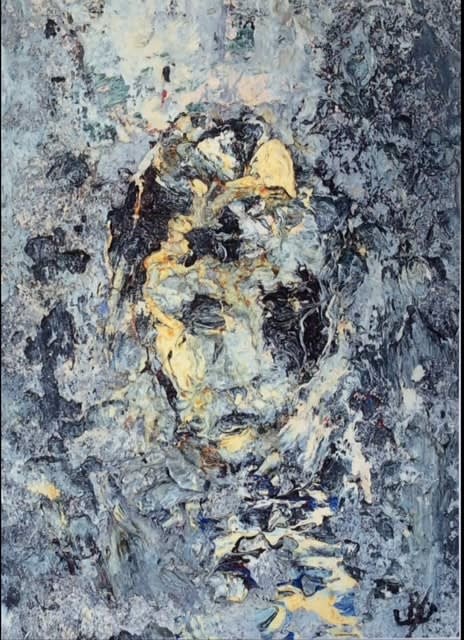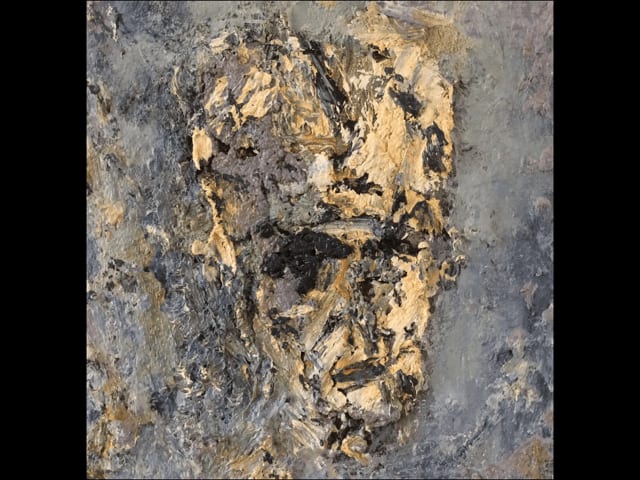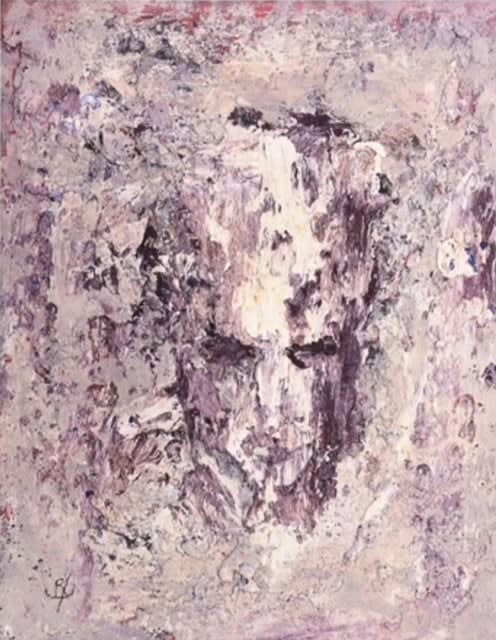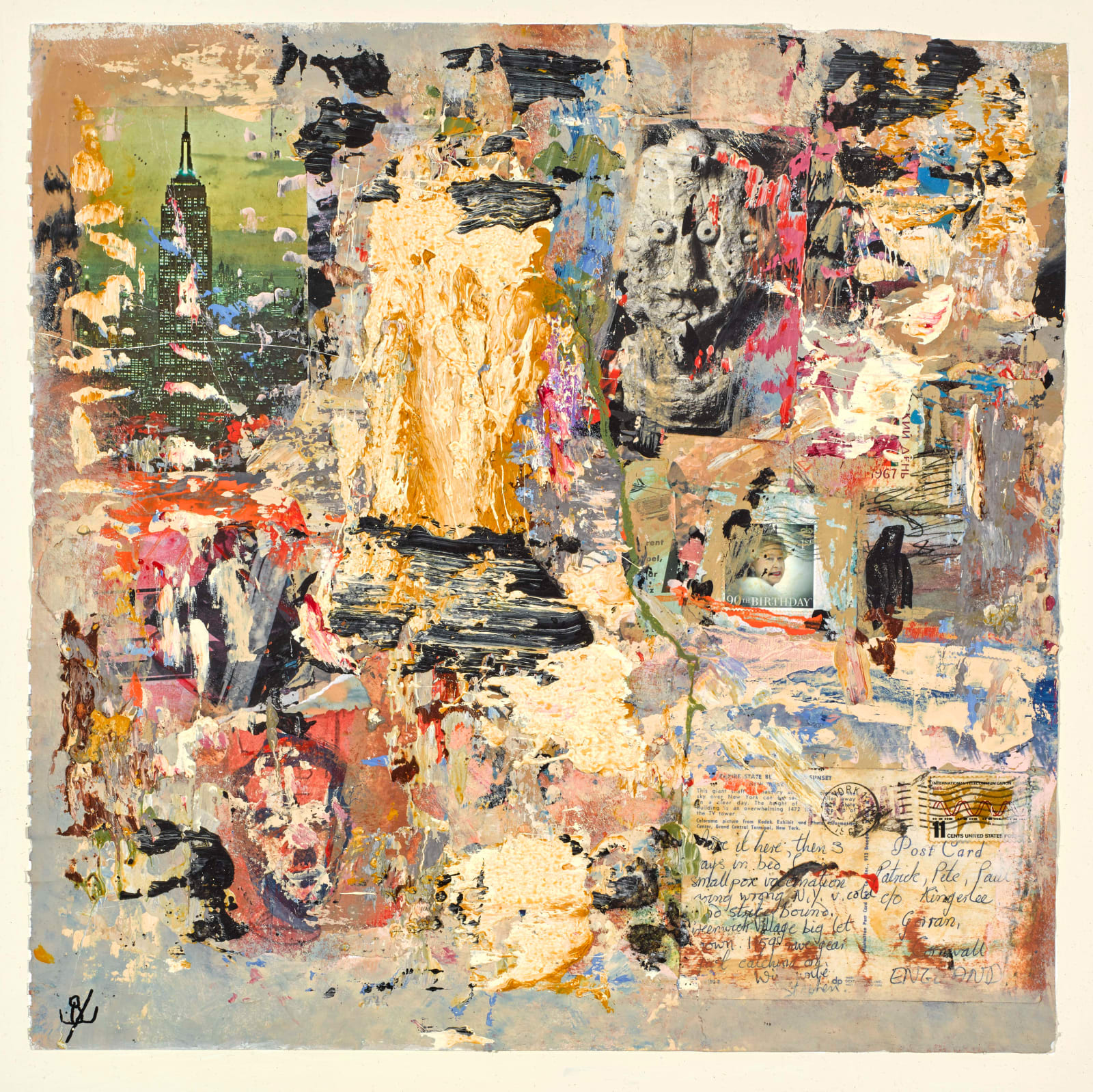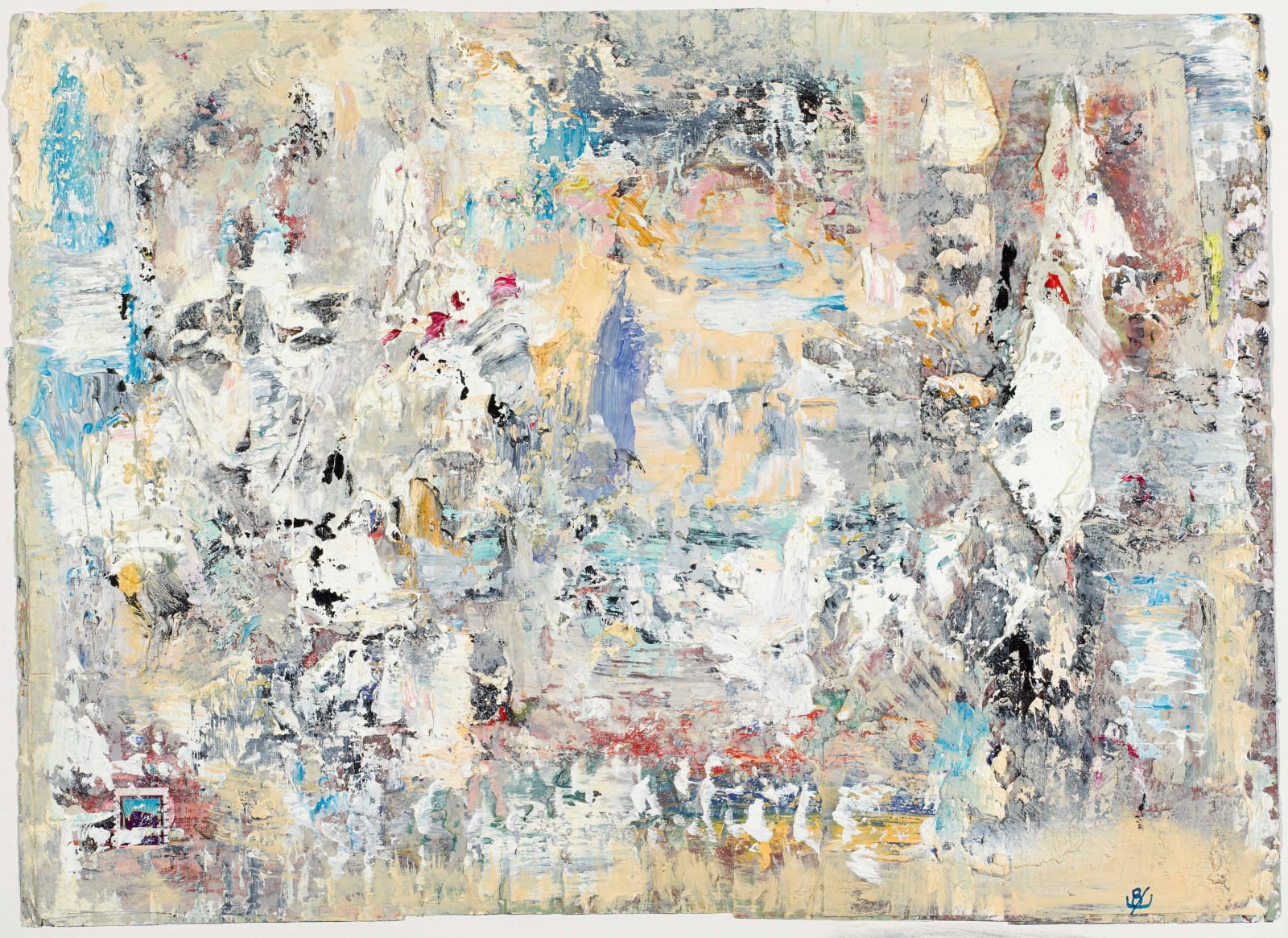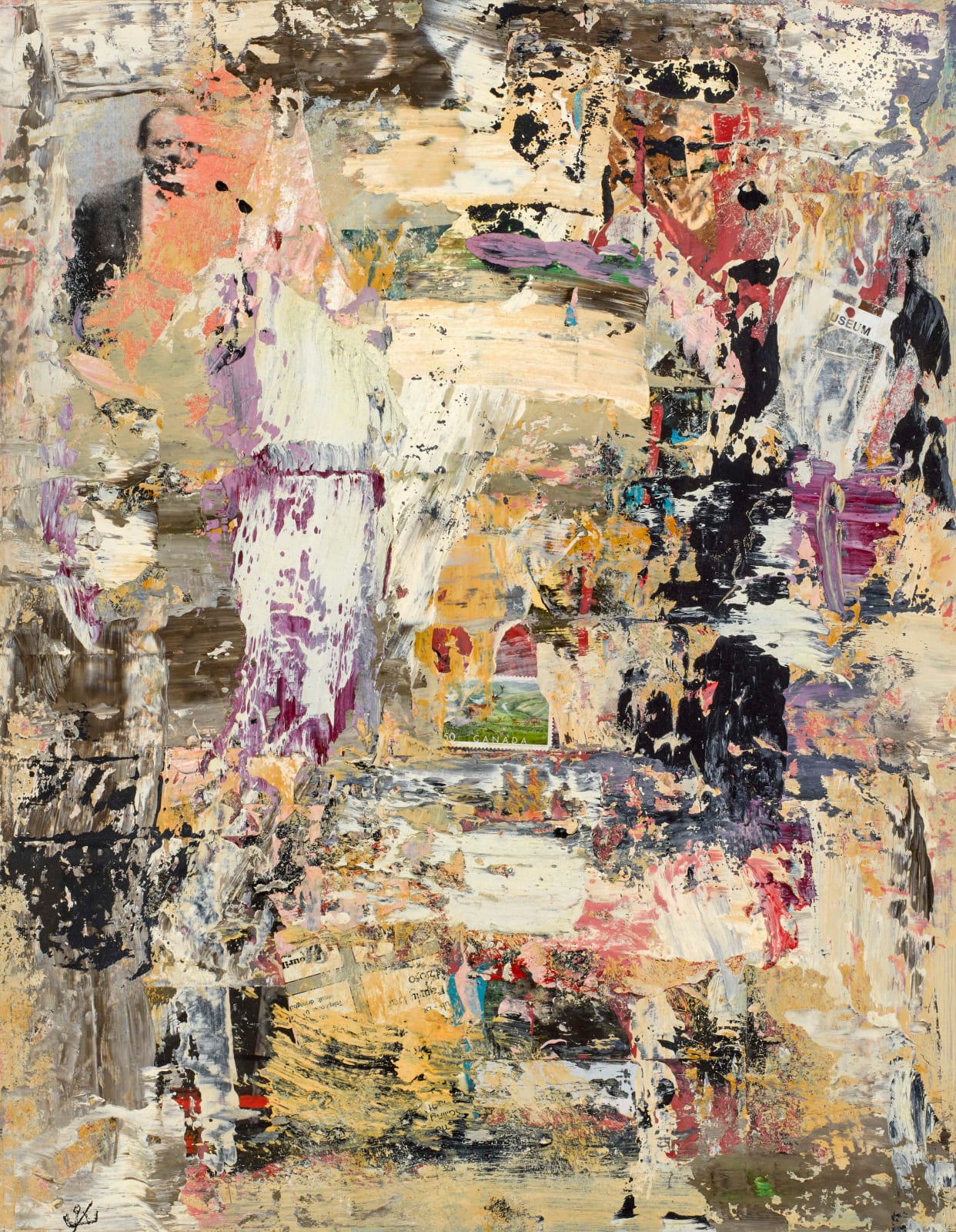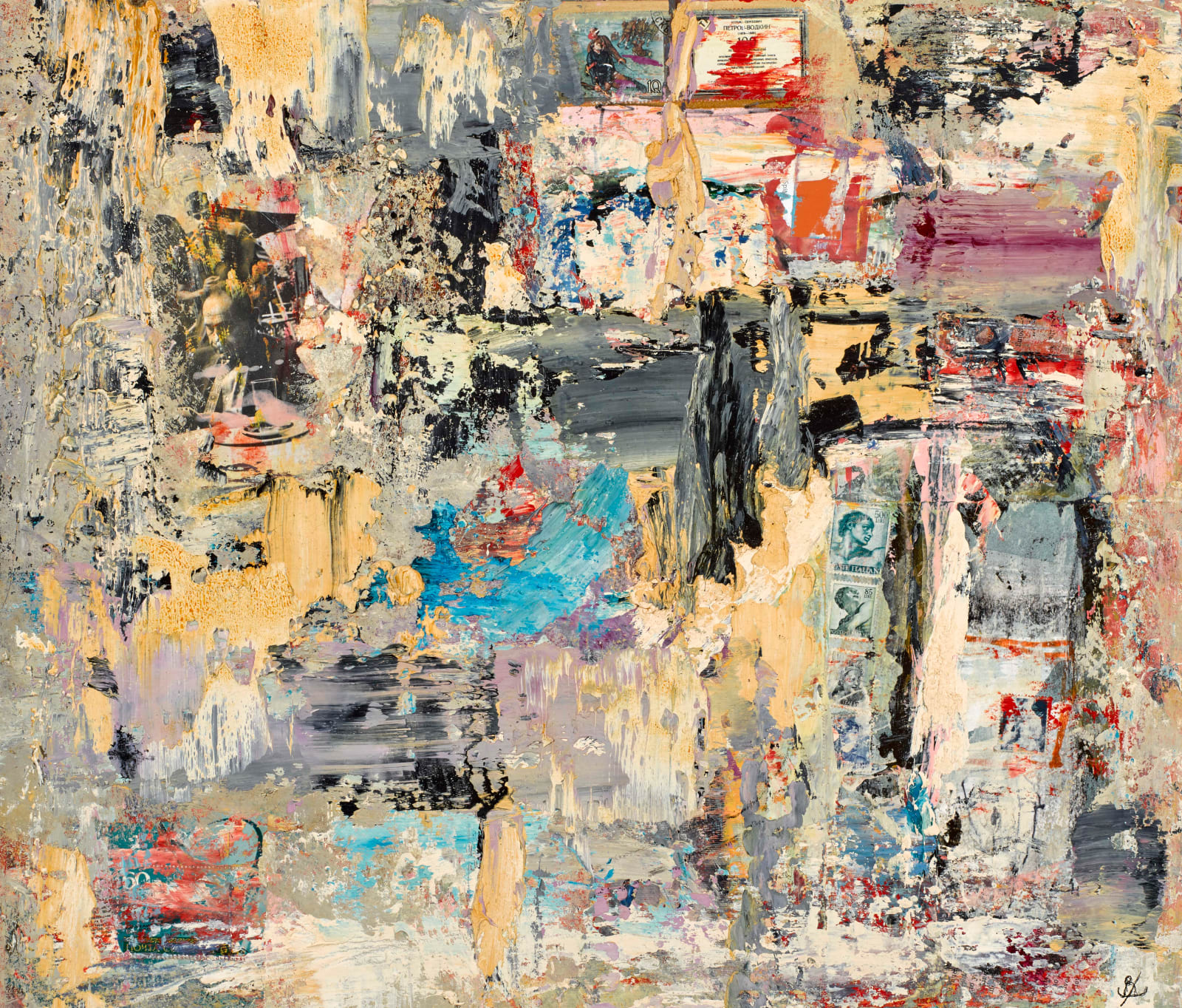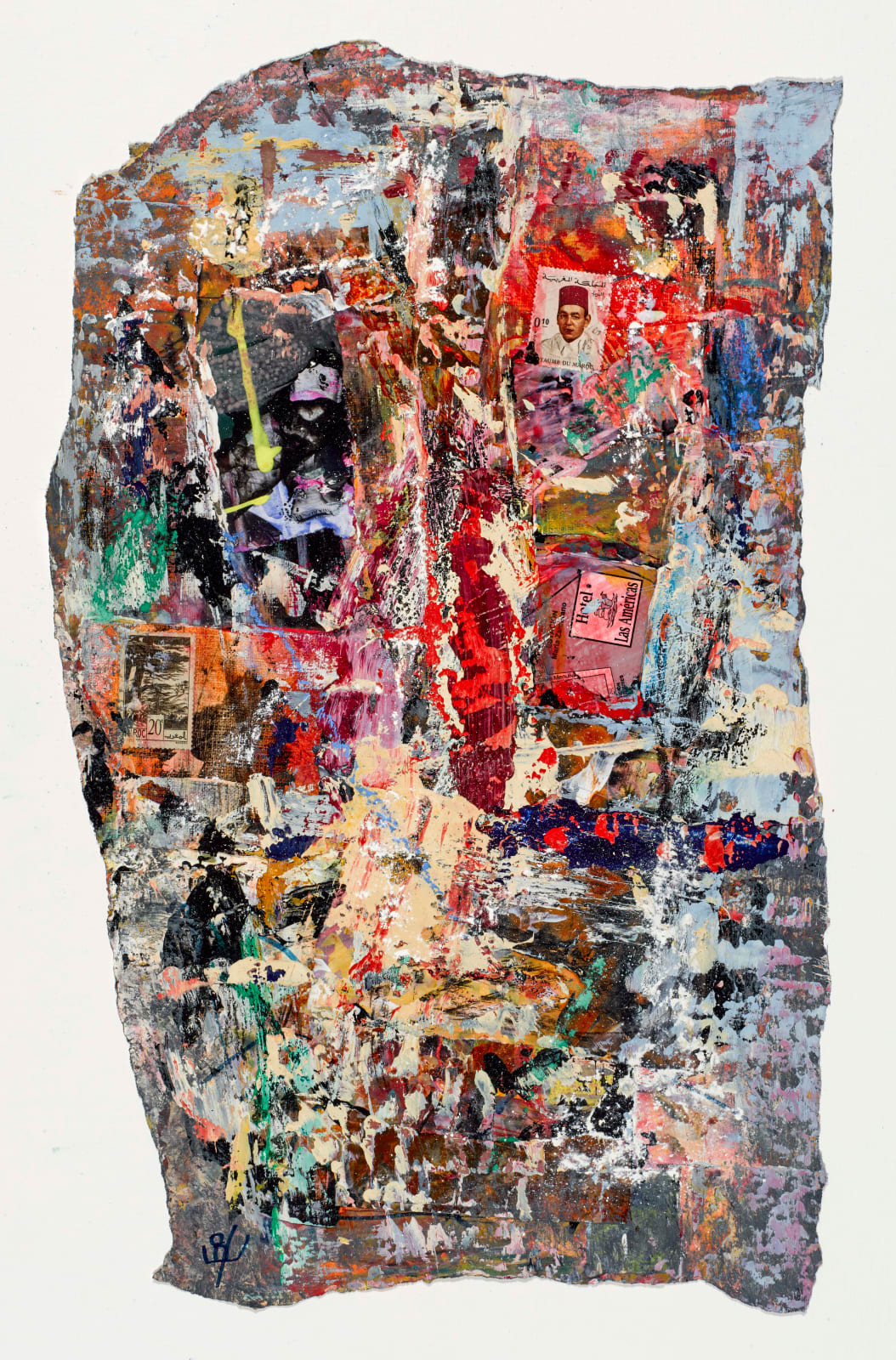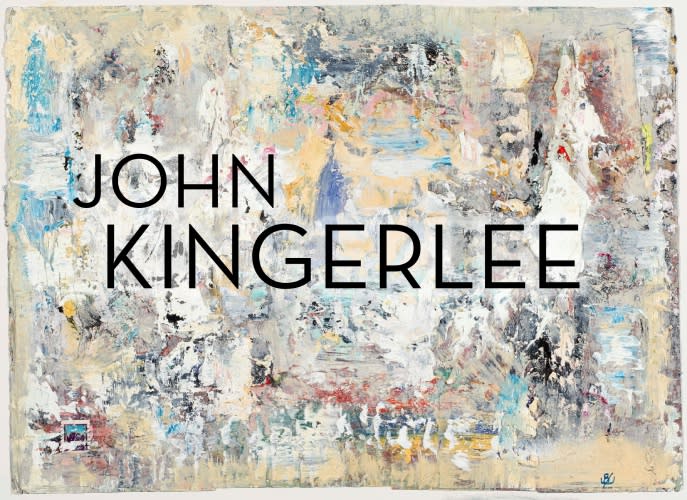John Kingerlee
There are still places in this world that are hauntingly beautiful in their simplicity, enchanting while weighed down by a dark past, welcoming in their isolation. Beara Peninsula on the southwest coast of Ireland is such a place.
There are still artists in this world whose souls are so joined with their art that they can lose themselves in one piece for years; for which the expression of their artistry takes precedence over financial or critical success; whose experience and environment combine to create a truly unique “voice.” John Kingerlee is such an artist.
DeeGee Lester
Paintings are touchstones, a myriad of paint strokes, each with their own specific gravity, valence, and charge. From this magical contact, from this continual return, an image emerges, as if rising from the surface like a mirage. This simple miracle of the painter's art, of the material passing into the phenomenal, like the body transfigured into spirit, is at the heart of John Kingerlee's work.
Kingerlee creates intimately, all the better to lose ourselves in his painted worlds without the burden of grandiosity of size or gesture. This is not to say that this work eschews drama, for it engages in its own potent theatrics of loss, memory, and the possibility of their reclamation in the experience of the present moment. But it does so at a scale that can be held in two hands, like reading an ancient scroll. We sense in this work the enduring, immemorial persistence of rocks and walls, and of the spirit, at once human and transcendent, that inhabits them. Kingerlee's paintings are literally in touch with their subjects, simultaneously tactile and visual. The intimacy of this work leaves no space between artist and subject, viewer and the experience of seeing.
Kingerlee paints in a number of modes, including figurative works, landscapes, and grids, that despite their singularity have a commonality of feeling. The figurative works include collages, heads, and poetic composite images. The collages incorporate everyday detritus such as postage stamps and transit tickets, and especially meaningful things like pages of the Trollope novel, Rachel Ray, that the artist's father read to him as a child. These collages, often with drawn or painted figures feel like diaries that have been composed extemporaneously, as past and present layer and collide. The heads appear as ravaged but human, almost phantoms but still of this world, elemental as if made from light and stone. Both blasting sunlight and the rocky earth are the prime elements of the landscapes, raw, wind-blown, buoyant images that refuse to stay earthbound (even with the figures that haunt them), but meld with the mist and sky. The grids, abstract and implacable, like time itself, bear the evidence of struggle and effort, but achieve a calm beauty that exists because of, rather than despite, the history that has become a part of their identity.
And it is that sense of being, both hard-won and miraculously blessed, that marks all aspects of Kingerlee's work, as we witness the evidence of life without end, amen.
-- John Mendelsohn
Beara’s wind-blown landscape of rock, sky, and water has had a deep effect on Kingerlee’s work, and his painting captures its essence in nearly abstract form.
John Kingerlee, was born in Birmingham, UK in 1936, and grew up in London, reared in the poker club managed by his father and in the circus run by the club’s owners. Kingerlee had an early interest in art, which was encouraged when he attended a boarding school in Exeter, run by the Marist Fathers. As a student he was also drawn to modern literature, reading voraciously, and considered becoming a writer. Instead, Kingerlee turned to visual art, and began his strikingly independent path as a self-taught artist. During his first years as an artist, he would paint in the early mornings, before going to work. His jobs included working at a bike factory, in the garden of a special needs school, and managing an organic flour mill. In 1962, Kingerlee and his wife Mo moved to Cornwall, where they lived for the next twenty years.
Kingerlee’s early representational paintings were influenced by Surrealism, especially the work of Dalí. Kingerlee has acknowledged an affinity to a core group of atural, painterly invention.
Kingerlee’s first exhibition was held in 1967 at the Ewan Maddox Gallery in London, and in 1968 he had two exhibitions, including one at the Walton Gallery. The next year he made his first visit to Fez, Morocco, whose atmosphere and particularly whose walls would come to have a strong presence in his paintings. Beginning in 2000, he began yearly three-month stays there. In the 1970s, Kingerlee started his own pottery, and began using his personal sign of a man in a boat (visible with his signature on paintings) to symbolize the artist following his own path. That spirit of self-reliance was manifested in 1982 when he moved with his ˘wife to the wild and remote Beara Peninsula in the West Cork area of Ireland, first to Cleanagh and then to Kilcatherine, where they have lived since 1990.
Beara’s wind-blown landscape of rock, sky, and water has had a deep effect on Kingerlee’s work, and his painting captures its essence in nearly abstract form. He works slowly on paintings, which may take years to complete. He also produces collages, which involve found printed matter and drawing, and figurative paintings, including an ongoing series of heads. Kingerlee’s abstract grids reflect both the walls of Fez and the artist’s devotion to the mystical Sufi branch of Islam.
He had his first solo exhibition at the Ewan Phillips Gallery in London (1967) and his works have been shown across England, Ireland and the US. In 2010 a book on the artist was published titled, The Whole Planet is a Garden, The Genius of John Kingerlee, written by Edmund P. Pillsbury, PH. D. with contributing essays.
-
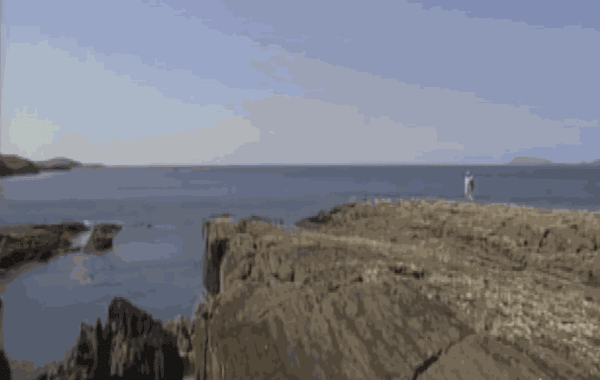
John Kingerlee: What Lies Beneath
December 13, 2021'What Lies Beneath' is a documentary about the life and work of John Kingerlee.Read more -
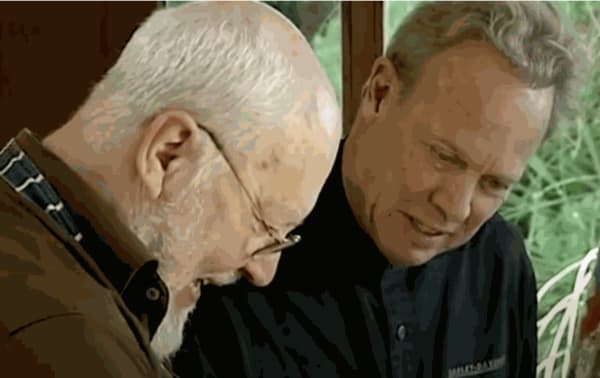
Ted Pillsbury Visits John Kingerlee
September 14, 2021Read more -
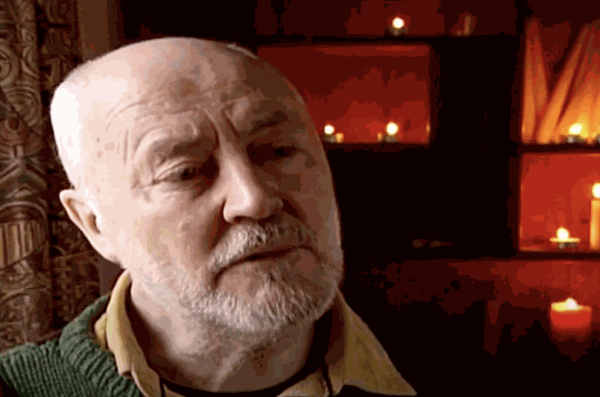
Beyond the Beyonds: John Kingerlee
Written by Ros Drinkwater, Produced by Paul Flynn September 14, 2021Read more

